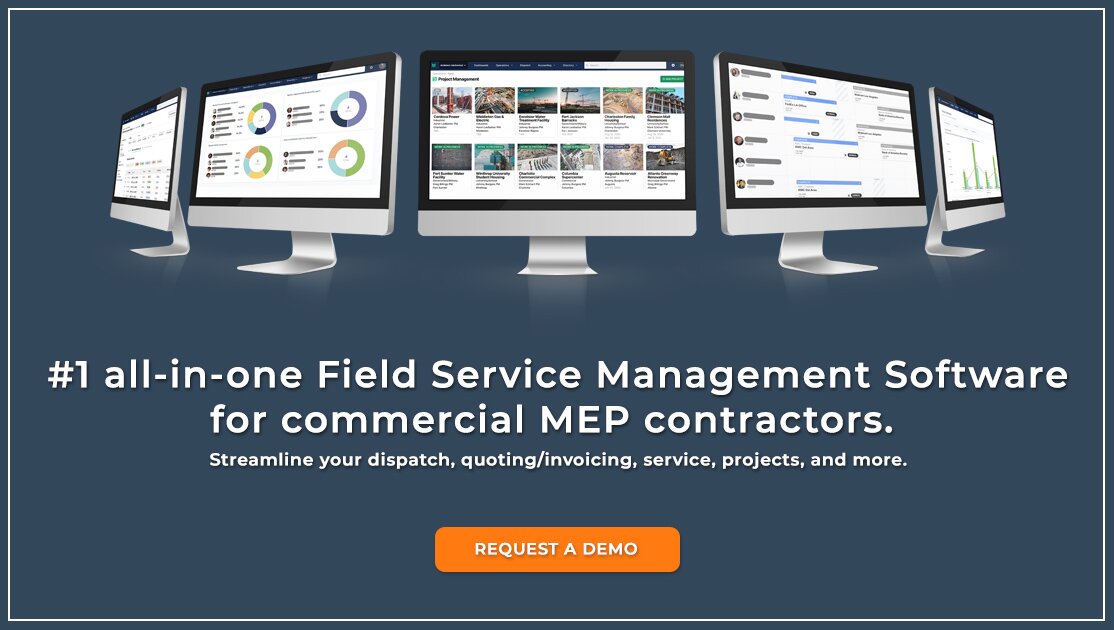Facility Management Software is a tool used to manage the physical and technical aspects of a facility. It helps with anything from environmental control and user access control to maintenance tracking, energy efficiency optimization, and more. The software can be tailored to meet specific requirements based on the individual needs of each facility. By automating processes and optimizing resource utilization, facility management software can save time, money, and energy while improving safety and security. It can be used by facility managers, architects, engineers, and building owners to streamline operations and optimize performance in their buildings. Facility management software is designed to provide an integrated system for managing all aspects of a building’s physical infrastructure including heating/cooling systems, lighting, security systems, and more. It can help to reduce energy costs and optimize the use of resources while ensuring compliance with building codes and regulations. Additionally, it can provide real-time data to help facility managers make informed decisions and ensure the highest levels of safety and efficiency. Ultimately, facility management software helps to create an efficient and secure environment for occupants and users. That can improve their quality of life, productivity, safety, and satisfaction.
What are the key features of Facility Management Software?
The features of facility management software vary depending on the product. Some common features include:
1. Energy Management – monitoring energy usage and helping to reduce usage costs;
2. Maintenance Management – tracking maintenance schedules, organizing preventive maintenance activities, and scheduling repairs;
3. Asset Tracking – tracking assets such as equipment, furniture, and fixtures;
4. Access Control – controlling user access to different areas within a facility;
5. Environmental Monitoring – monitoring environmental parameters such as temperature, humidity, air quality, and more;
6. Data Analytics – providing real-time data to help facility managers make informed decisions;
7. Reporting and Documentation – generating reports and documentation for tracking, analysis, and compliance purposes;
8. Security – integrating with security systems to ensure building safety and security;
9. Automation – automating processes for improved efficiency.
Facility management software is an essential tool for optimizing the performance of any facility. By leveraging its features, facility managers can improve safety, save time and money, and increase the efficiency of their building operations. In addition to these benefits, it also helps to reduce energy costs and ensure compliance with relevant regulations. The right facility management software can make any facility more efficient and secure.
What are the benefits of using Facility Management Software?
Facility management software provides a variety of benefits for facility managers and building owners. Some of the most notable advantages include:
1. Cost Savings – Facility management software can help reduce energy costs by optimizing resource utilization and automating processes.
2. Improved Efficiency – By streamlining operations, facility management software can help reduce labor costs and increase productivity.
3. Enhanced Security – Facility management software can be integrated with security systems to improve safety and security within the facility.
4. Increased Compliance – The software can help ensure compliance with regulatory requirements, codes, and standards related to building operations.
5. Real-Time Data – It provides real-time data to help facility managers make more informed decisions.
6. Better Quality of Life – Facility management software can improve the quality of life in a building, as it can ensure a secure and comfortable environment for occupants.
Facility management software is an important tool for any facility manager or building owner looking to optimize operations and save money. By leveraging its features, facility managers can improve safety, efficiency, and compliance while reducing costs. Ultimately, the right facility management software can help to create a secure and comfortable environment for all occupants.
What are the potential drawbacks of Facility Management Software?
Although facility management software can provide many benefits, it is important to be aware of potential drawbacks. Some of the common issues include:
1. Cost – Facility management software can be expensive and require a significant upfront investment.
2. Complexity – The software can be complex to set up and may require the assistance of an experienced technician.
3. Overreliance – Relying too heavily on the software can lead to a lack of human oversight and control over operations.
4. Security Risks – If not properly secured, the software can be vulnerable to cyber-attacks or other malicious activities.
5. Limited Accessibility – Facility management software may not be accessible to all staff members, depending on the system’s security protocols.
Overall, facility management software can provide many benefits but it is important to be aware of potential drawbacks. It is recommended that facility managers carefully evaluate their options before investing in a system and implement necessary safeguards to ensure optimal performance and security.
What security measures should I take when using Facility Management Software?
When implementing a facility management system, security is paramount. To ensure the safety and security of your facility, it is important to take the following measures:
1. Establish Access Controls – Establish clear access controls by assigning different levels of authorization to personnel based on their roles and responsibilities.
2. Encrypt Data – Ensure that all data is encrypted to limit the risk of unauthorized access.
3. Monitor Activity – Monitor activity within the system to identify any suspicious or unusual behavior.
4. Regularly Update Software – Make sure to keep your software up-to-date with the latest security patches and upgrades.
5. Utilize Firewalls – Use firewalls to protect the system from potential cyber-attacks.
6. Perform Regular Audits – Conduct regular audits to ensure that the system is functioning properly and securely.
By taking these security measures, you can help protect your facility and its occupants while leveraging the benefits of facility management software.
What types of reports can be generated with Facility Management Software?
Facility management software can generate numerous reports to help facility managers track and monitor the performance of their buildings. These include:
1. Usage Reports – This type of report provides details on occupancy, energy consumption, and other usage metrics.
2. Maintenance Reports – This report provides information on building maintenance costs and activities.
3. Compliance Reports – This report tracks the performance of a facility in relation to safety regulations, codes, and standards.
4. Cost Reports – This type of report gives an overview of all expenses associated with the operation and maintenance of a building.
5. Performance Reports – This report monitors the performance of a building in terms of energy efficiency, water conservation, and other metrics.
By utilizing these reports, facility managers can gain valuable insights into the operations and performance of their buildings.
What are the different types of Facility Management Software?
There are various types of facility management software available, each designed to meet the specific needs of a particular facility. Some examples include:
1. Energy Management Software – This type of software is used to monitor, analyze, and improve energy consumption in buildings.
2. Maintenance Management Software – This type of software helps facility managers plan and track maintenance activities.
3. Space Management Software – This type of software helps manage the utilization of space in buildings, such as office layouts or inventory optimization.
4. Document Management Software – This type of software helps facility managers store, organize, and access documents related to their operations.
5. Safety & Security Software – This type of software helps facility managers monitor safety and security systems, such as access control or CCTV.
By understanding the different types of facility management software, facility managers can select the best system for their buildings.
What is the best way to select Facility Management Software?
When selecting a facility management system, it is important to consider the specific needs of your facility. Before making a decision, take the time to assess your requirements and determine which features are vital for your business. It is also important to research different vendors and compare their offerings in terms of cost, security, and customer service. Taking these steps will help you to find the best facility management software for your organization.
Ultimately, selecting facility management software is an important step in ensuring that your facilities are running smoothly and efficiently. By taking the time to research different systems, you can make sure that you are making the right choice for your business.
What are the different licensing options for Facility Management Software?
When selecting a facility management system, it is important to understand the different licensing options for the software. Generally speaking, there are three main types of licenses available:
1. Perpetual License – This type of license allows users to use the software for an indefinite period of time with no additional fees or costs.
2. Subscription License – This type of license requires users to pay an annual fee for access to the software.
3. Cloud License – This type of license allows users to access the software over the internet and often includes additional services, such as automatic updates or cloud storage.
By understanding the different licensing options, facility managers can make an informed decision about the best option for their needs.
What is the future or trends for Facility Management Software?
The future of facility management software is continuously evolving as technology advances. As new technologies emerge, such as the Internet of Things or artificial intelligence, facilities can use these technologies to further streamline operations and increase efficiency. Additionally, data analytics will continue to be a key focus for facility managers, helping them identify areas for improvement and optimize their processes. As the industry continues to mature, facility management software will become more user-friendly and accessible, providing even greater value. In the future, facilities can expect to see advancements in automation and integration, making it easier to manage operations without manual intervention. Ultimately, facility managers should strive to stay informed of new technologies and trends in the industry in order to maximize their investment in facility management software.
What are people saying about Facility Management Software?
The reviews of facility management software are generally positive, with users praising the ease of use and comprehensive features. Many users report that they have been able to improve their processes and save time by using this type of software. Additionally, many users report that they are satisfied with the customer support they receive from their vendors. Overall, most people are satisfied with the performance and value of facility management software.



